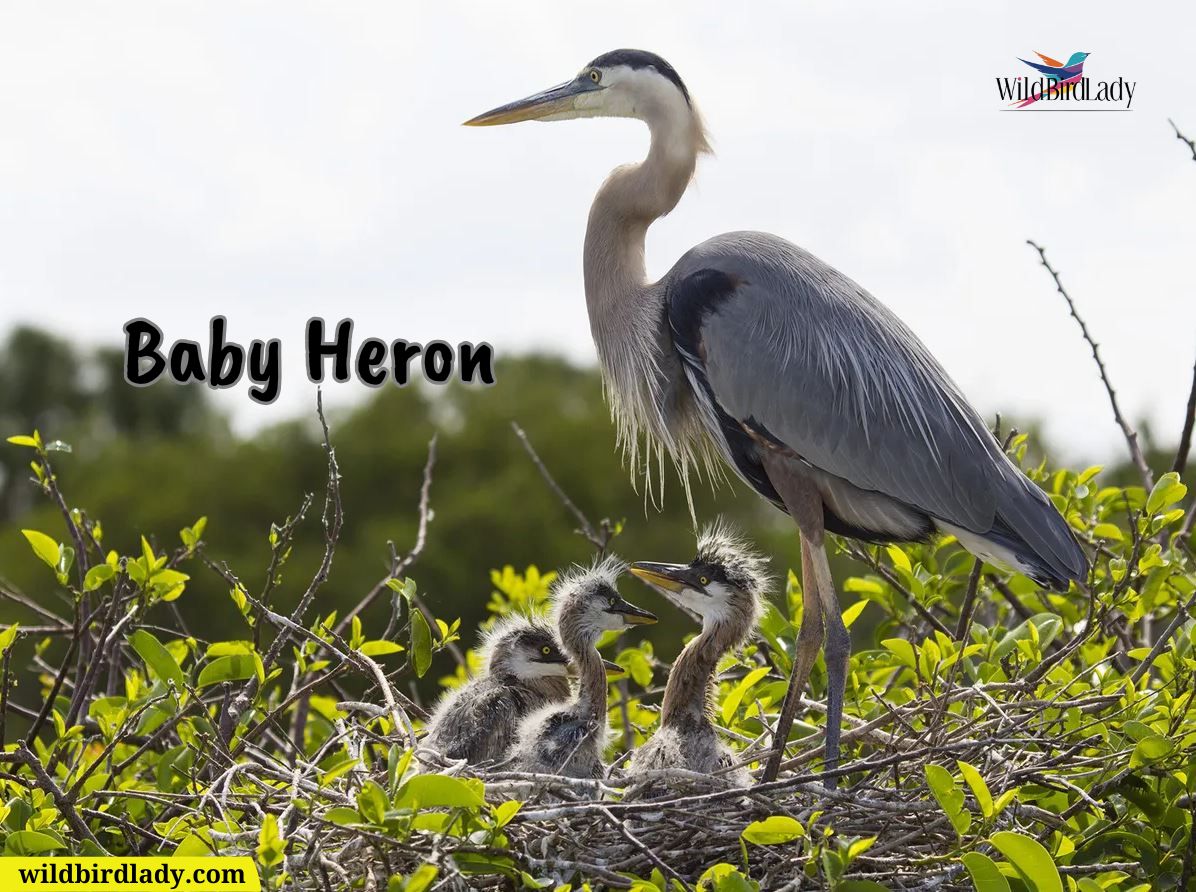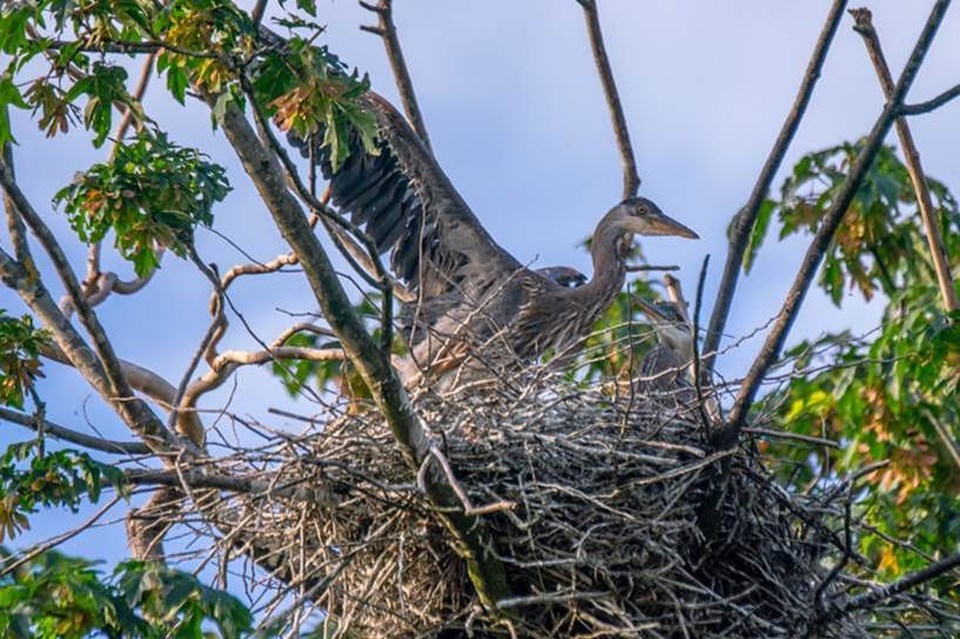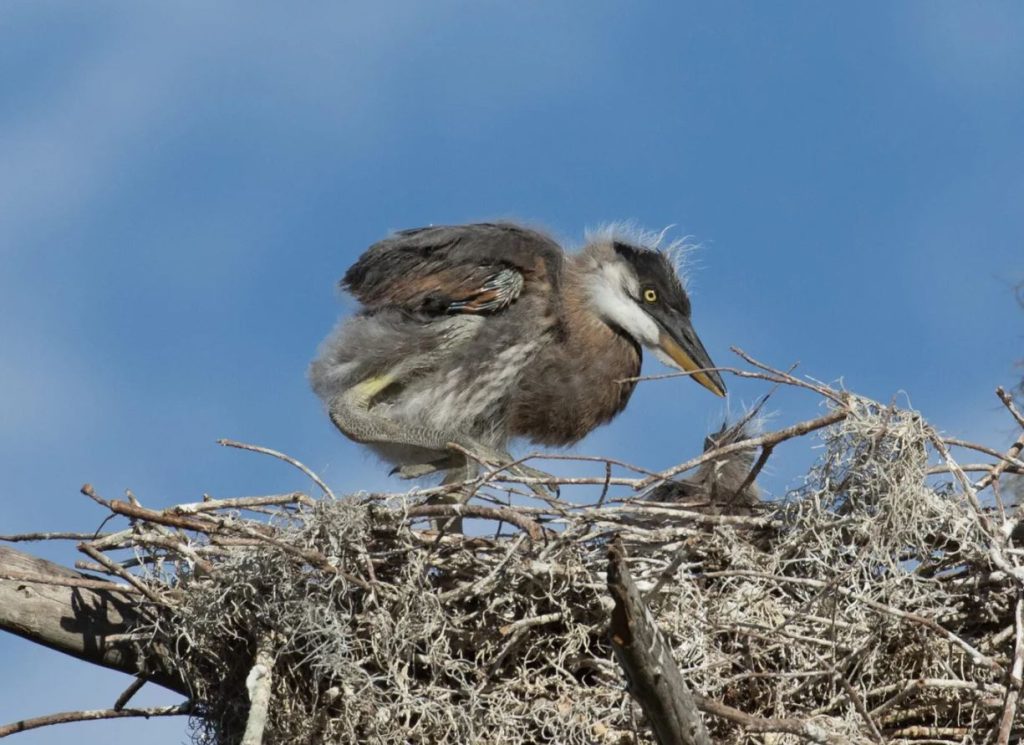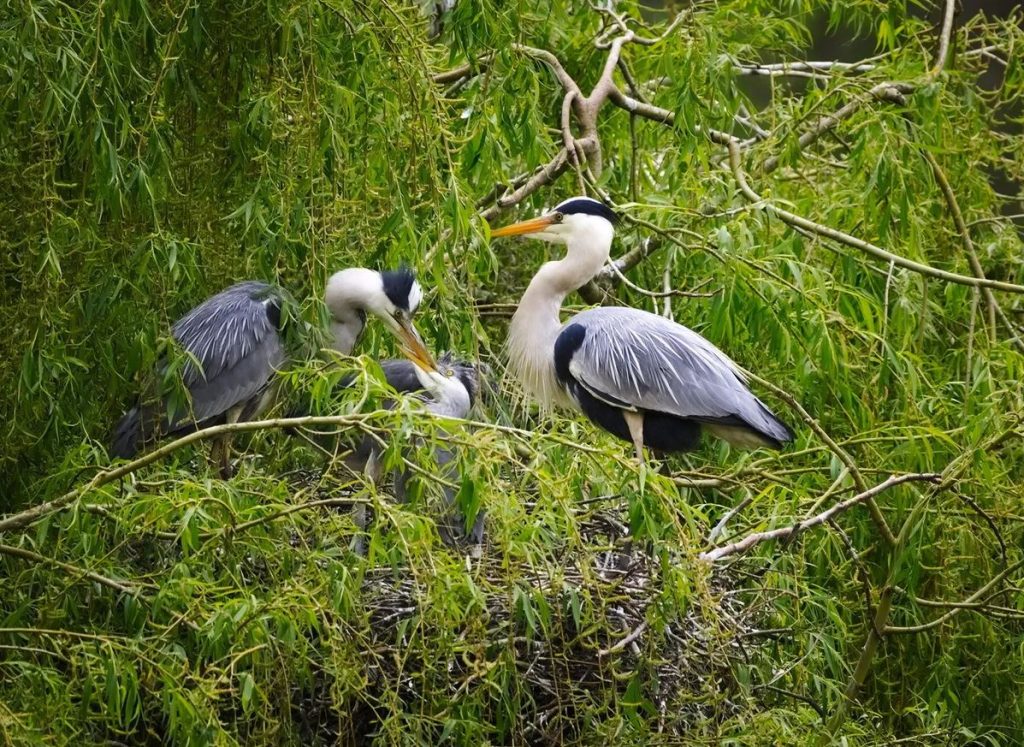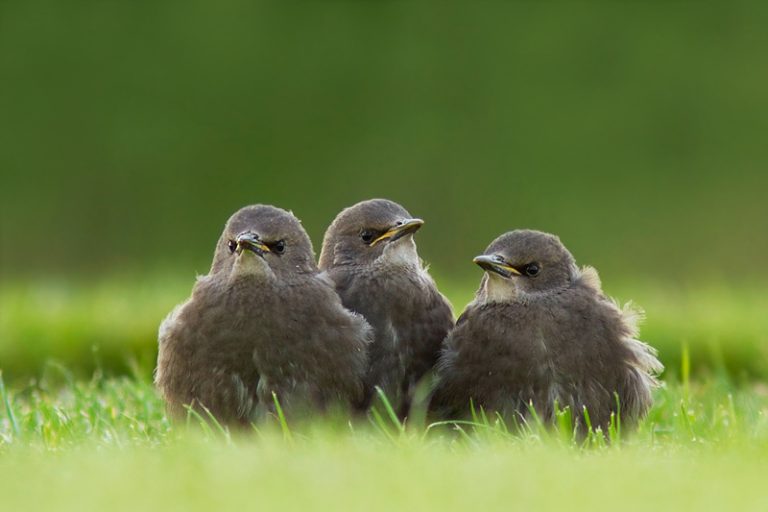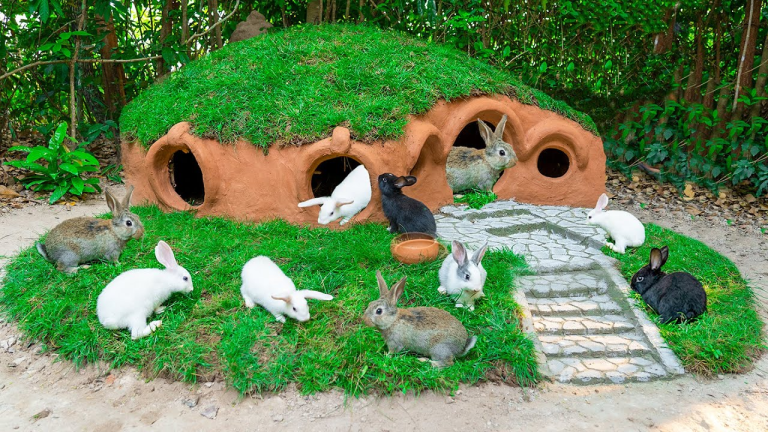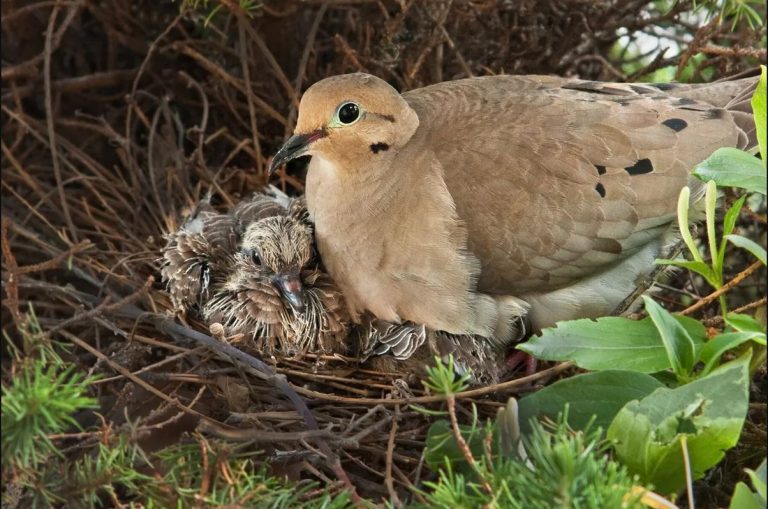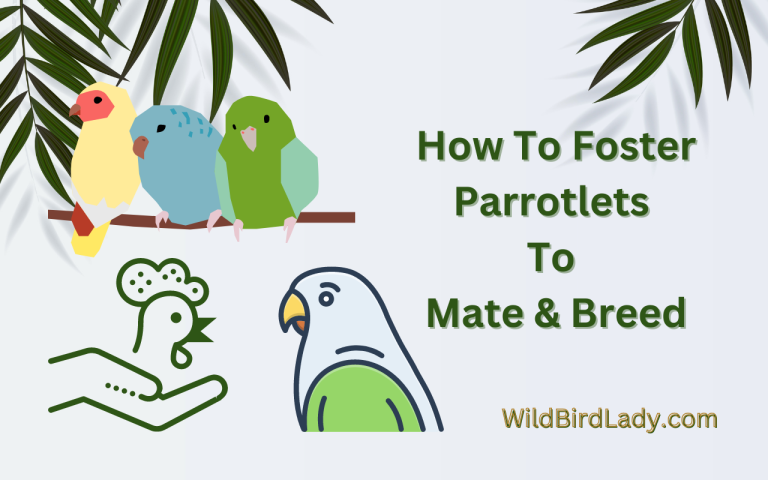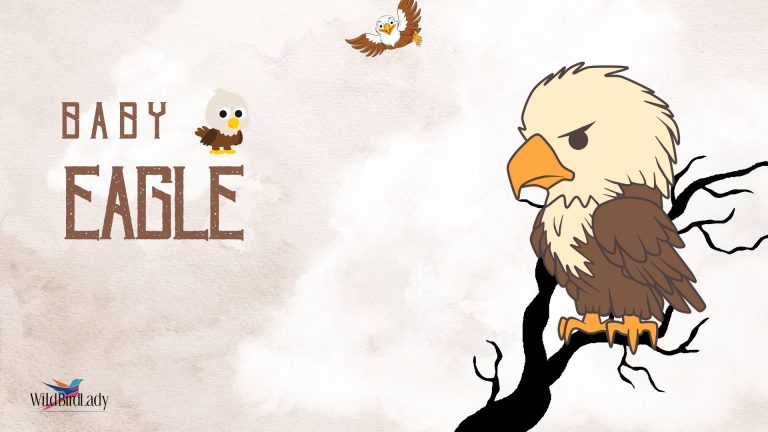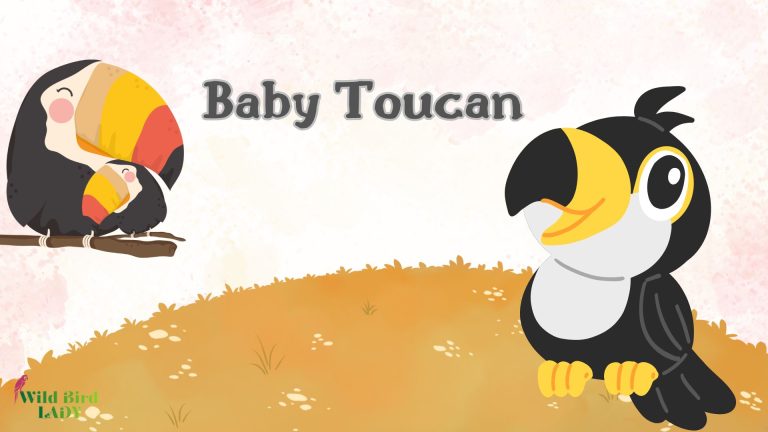Baby Heron: Life, Development, and Survival of These Graceful Waders
Herons are among the most elegant wading birds, often seen silently stalking the shallows for fish. But behind their poised adult form lies a lesser-known, fascinating chapter: the story of the baby heron. From their awkward hatchling days to their first clumsy flights, baby herons—especially the captivating baby blue heron—undergo an incredible transformation. In this article, we’ll take a close look at their development, habitat, diet, threats, and what you can do to help them thrive.
What Is a Baby Heron Called?
A baby heron is commonly referred to as a chick. This term applies to herons of all species, including the Great Blue Heron—the most widely known species in North America. In their earliest stages, these chicks are helpless, featherless creatures that depend entirely on their parents for survival.
Nesting Behavior and Egg Incubation
Mating and Nesting Season
Herons typically breed once per year. Nesting season varies slightly by species and region but generally occurs between March and July. Great Blue Herons, for instance, begin nesting in early spring.
Nesting Colonies (Rookeries)
Herons nest in colonial rookeries, often with dozens or even hundreds of pairs building nests in close proximity. These sites are usually located in tall trees near water, though some species nest in shrubs or on the ground in wetlands.
“Herons return to the same nesting colony year after year, often using the same tree or even the same nest, rebuilding and reinforcing it each season.” – All About Birds, Cornell Lab of Ornithology
Egg Laying and Incubation
A female heron lays 3 to 5 pale blue eggs, which both parents take turns incubating. Incubation lasts approximately 25 to 30 days. During this period, the parents are highly attentive, shielding the eggs from predators and maintaining optimal temperature.
Baby Heron Appearance: From Hatchling to Fledgling
0–1 Week: The Hatchling Stage
Newly hatched heron chicks are blind, featherless, and extremely vulnerable. They can barely lift their heads and depend entirely on regurgitated food from their parents. Their skin is pinkish, and their eyes remain closed for the first day or two.
1–3 Weeks: Growing Fast
Feathers begin to emerge as fluffy down during the second week. Chicks now open their eyes and start begging more actively for food. At this stage, sibling rivalry can turn deadly, especially in scarce food conditions.
In many heron species, the older chick may attack or outcompete the younger ones, sometimes resulting in “siblicide.” This brutal behavior is a natural survival strategy, ensuring that at least one chick thrives if resources are limited.
3–6 Weeks: Preparing to Fledge
By now, the chicks are covered in grayish juvenile plumage. Baby blue herons take on a scruffy look with long necks and partially developed wings. They become more mobile within the nest and practice wing-flapping in preparation for flight.
6–9 Weeks: First Flights
Most baby herons fledge around 7–9 weeks of age. Their early flights are clumsy and often short. However, they quickly build strength and skill by gliding and hopping between branches or nearby platforms.
What Do Baby Herons Eat?
Baby herons are fed regurgitated food by both parents. Their diet closely reflects the adult diet, including:
- Small fish (main food source)
- Amphibians (like frogs and tadpoles)
- Insects
- Crustaceans
- Occasionally small reptiles or mammals
The diet of a baby blue heron (juvenile Great Blue Heron) is especially fish-heavy, as these birds are skilled aquatic hunters even from a young age. Parents may feed them four to six times per day, especially during the first few weeks.
Baby Blue Heron vs. Other Heron Chicks
The term “baby blue heron” typically refers to the chick of the Great Blue Heron (Ardea herodias), the largest heron species in North America. Here’s how they compare to other heron chicks:
| Feature | Baby Blue Heron | Green Heron Chick | Little Blue Heron Chick |
|---|---|---|---|
| Size at Hatching | ~3.5 inches | ~2.5 inches | ~3 inches |
| Feather Color | Pale gray down, later bluish-gray | Darker gray down | White down (later turns slate-blue) |
| Bill | Long, yellowish at first | Shorter and thicker | Slightly curved, dull gray |
| Common Habitat | Tall trees near lakes, rivers, wetlands | Marsh edges, swamps | Coastal wetlands and lagoons |
Parental Care: A Team Effort
Both male and female herons play active roles in raising their chicks. They alternate between guarding the nest, feeding, and bringing nesting material. While one parent feeds, the other stays alert for predators like raccoons, crows, and even larger birds of prey.
Vocalizations of Baby Herons
Baby herons begin vocalizing within their first week. The calls are high-pitched squawks, often interpreted as begging calls. As they age, their voices deepen and become louder, especially when parents approach with food.
Where to See Baby Herons in the Wild
If you’re hoping to spot baby herons in the wild, here are a few tips:
Best Times
- Late spring to mid-summer (May–July) is peak chick-rearing season.
Best Places
- Rookery islands in freshwater lakes
- Coastal mangroves and estuaries
- Wildlife refuges such as:
- Wakodahatchee Wetlands, Florida
- Audubon’s Smith Oaks Rookery, Texas
- Venice Rookery, Florida
Be sure to observe from a respectful distance and use binoculars or a telephoto lens.
Predators and Threats to Baby Herons
Baby herons face numerous threats:
Natural Predators
- Raccoons and snakes (especially when nests are lower)
- Hawks and owls
- Gulls and crows (egg thieves)
Environmental Risks
- Storms can destroy nests or knock chicks from high branches.
- Human disturbance can lead parents to abandon nests.
- Pollution affects fish availability, directly impacting chick survival.
According to the U.S. Fish and Wildlife Service, nesting success in Great Blue Herons is highly dependent on undisturbed, fish-rich wetlands.
How Long Do Baby Herons Stay With Their Parents?
Most baby herons leave the nest at 7–9 weeks, but remain in the general area for 2–3 more weeks, continuing to rely on their parents for food. They gradually learn to fish on their own, mimicking adult hunting behaviors in shallow water.
Juvenile Heron Identification
Baby herons are often mistaken for adults of smaller species. Here’s how to recognize them:
- Fluffier feathers, especially on the crown and belly
- Shorter bills and less defined coloring
- Unsteady movements—juveniles are clumsy flyers
- Group behavior—young birds often stay together longer
How You Can Help Baby Herons
Helping baby herons doesn’t require interfering with nests. Here’s what you can do:
1. Protect Nesting Areas
Avoid disturbing known rookery sites. Keep your distance when kayaking or birding near nesting colonies.
2. Support Wetland Conservation
Donate to or volunteer with groups like:
- Audubon Society
- Wetlands International
- National Wildlife Federation
3. Pick Up Litter
Fishing lines, plastic bags, and other waste near water bodies can entangle or injure chicks and adults alike.
Fascinating Facts About Baby Herons
- Sibling rivalry: In many nests, only the strongest 1–2 chicks survive due to limited food.
- Climbing chicks: Before fledging, heron chicks often climb around nearby branches using their beaks and feet.
- Color change: Some heron chicks, like the Little Blue Heron, are white when young and develop their namesake blue-gray color after their first molt.
Final Thoughts
Watching a baby heron grow is a breathtaking experience. From their vulnerable hatchling days to their first elegant flights, these birds embody the raw beauty and complexity of nature. Whether you’re a casual birdwatcher or a dedicated heron enthusiast, understanding their early life stages helps us appreciate their resilience—and the importance of preserving their habitats.
If you’re ever near a rookery during nesting season, take a moment to observe from afar. You just might witness the beginning of a heron’s journey into the sky.
FAQs
❓What is a baby heron called?
A baby heron is called a chick. This term applies to all heron species, including the Great Blue Heron. When newly hatched, heron chicks are blind and featherless, completely dependent on their parents.
❓How long do baby herons stay in the nest?
Baby herons typically stay in the nest for 7 to 9 weeks. During this time, they grow rapidly and are fed by both parents. After fledging, they may remain nearby for a few more weeks.
❓What does a baby blue heron look like?
A baby blue heron, or Great Blue Heron chick, has fluffy gray down, a long neck, and a yellowish bill. As it matures, it develops scruffy blue-gray juvenile feathers before molting into adult plumage.
❓What do baby herons eat?
Baby herons are fed regurgitated food by their parents. Their diet includes small fish, amphibians, insects, and crustaceans—similar to adult herons but in smaller portions.
❓Are baby herons aggressive toward each other?
Yes. In times of food scarcity, siblicide can occur. Older, stronger chicks may outcompete or even attack younger siblings. This is a survival mechanism seen in many heron species.

